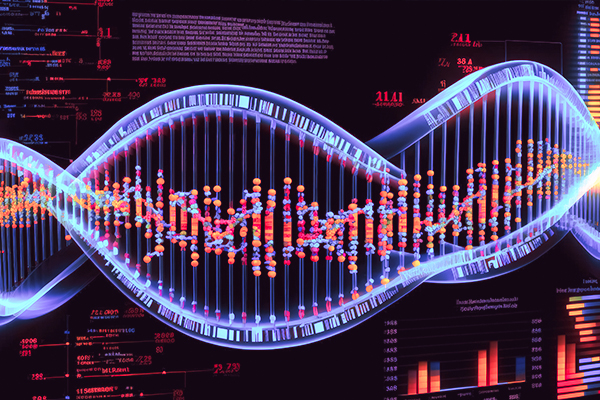The ability to collect and mine today’s tsunami of novel datasets comes with great challenges.
It also offers unprecedented opportunities to advance brain research.
Data are noisy – they may not measure what is truly desired; they may contain a mixture of true signal together with residual data collection artefacts; understanding patterns may be challenging if they are confounded by data collection methods or study design choices. Unlike other medical conditions where we can easily track disease progression, observing changes in brain function is far more challenging. In many cases, we may not know exactly which features to track.
The ability to extract signals from data, and translate results into meaningful patterns, requires sophisticated statistical and analytic tools. One of the Ludmer Centre’s core priorities is the development of appropriate models and algorithms to identify and understand such patterns in neuroinformatic data.
Within the scope of the Bioinformatics and Statistical Genetics research theme, our investigators develop multi-faceted data resources, develop tools for understanding these resources and for comparing neuroinformatic patterns between those with a trait or disease and those without. One example of this work was led by Prof. Claudia Kleinman, where they created a dataset containing a complete picture of gene expression in normal brain development – at different times and in different brain regions. Abnormal development in the brain can be compared to this resource. This kind of work requires a unique set of transdisciplinary skills:
- An understanding of genomics, the structure, function, evolution, and mapping of genomes;
- Classical statistics for an understanding of chance, bias, study design and confounding;
- Mathematics and computer science algorithm development;
- Bioinformatics to transpose findings into methods and software tools to analyze and interpret the biological data.

Within the Ludmer Centre, Celia Greenwood, PhD, provides leadership for this theme, through her own statistical genetics research projects, through directing the Quantitative Life Sciences interdisciplinary PhD program, and by hosting interdisciplinary educational or scientific events for the Ludmer Centre.


